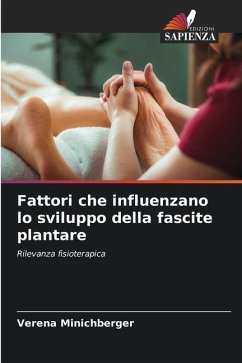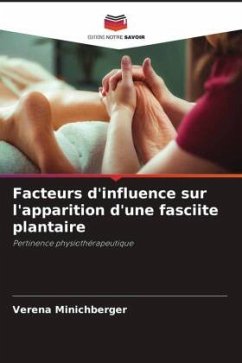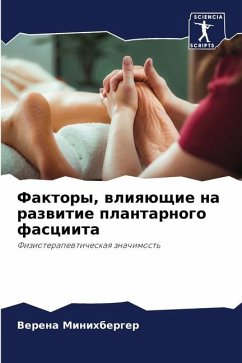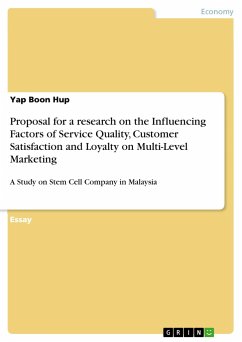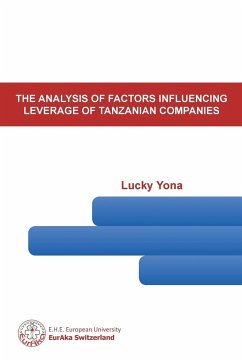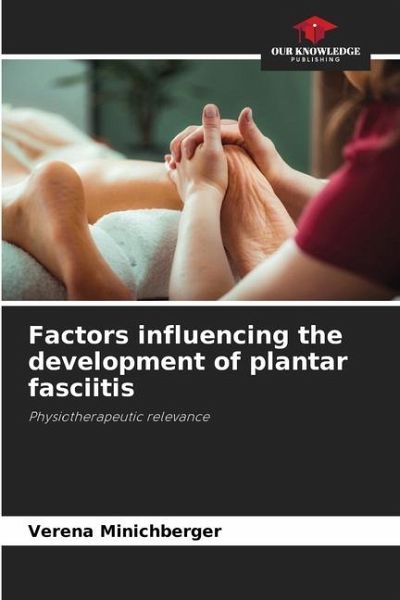
Factors influencing the development of plantar fasciitis
Physiotherapeutic relevance
Versandkostenfrei!
Versandfertig in 6-10 Tagen
29,99 €
inkl. MwSt.

PAYBACK Punkte
15 °P sammeln!
Up to 10 per cent of people worldwide suffer from heel or plantar heel pain at some point in their lives. Plantar heel pain, often called plantar fasciitis or fasciitis plantaris, is the most common form of this condition and occurs mainly in adults between the ages of 40 and 65. Plantar fasciitis is a degenerative disease of the plantar aponeurosis caused by permanent overloading and increased irritation. The typical symptoms are characterised by a morning onset pain and pressure pain in the area of the origin and insertion of the plantar aponeurosis. The combination of several influencing fa...
Up to 10 per cent of people worldwide suffer from heel or plantar heel pain at some point in their lives. Plantar heel pain, often called plantar fasciitis or fasciitis plantaris, is the most common form of this condition and occurs mainly in adults between the ages of 40 and 65. Plantar fasciitis is a degenerative disease of the plantar aponeurosis caused by permanent overloading and increased irritation. The typical symptoms are characterised by a morning onset pain and pressure pain in the area of the origin and insertion of the plantar aponeurosis. The combination of several influencing factors increases the likelihood of developing plantar fasciitis. In physiotherapy, knowledge of the relationships between the various influencing factors and the development of plantar fasciitis is particularly important. Taking into account the individuality of the patient, education and preventative measures should be used to reduce the occurrence of this condition.






